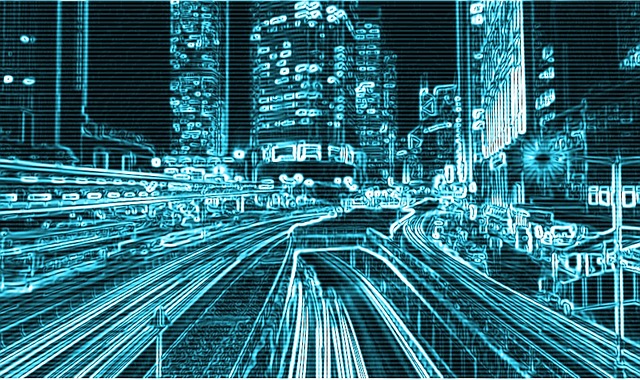The Next Big Thing on the Internet
In six decades computing has progressed dramatically from basic computation within an organisation, e.g. production scheduling and technical SEO, to today’s world of ubiquitous instant access to an inexpensive global resource.
However, the next big thing on the Internet requires the computing timeline in figure 1 to be revisited.
Two Fundamentally Different Application Scopes
As the scope of hardware has increased so has the value-add of application software. Before the Internet, functionality increased from computation only to process management. These applications were designed to operate within organisations. In the 1980s the Internet then enabled systems integration, i.e. the passing of data messages between organisations.
With the arrival of the Web came the opportunity to design applications to manage processes across organisations and individuals to support Solopreneur Marketing. eBay is a good example. More recently, the Internet of Things (IoT) has enabled applications such as Uber that maximise the value-add of computing by operating in “real-time”, interleaving events from individuals and organisations with signals from the IoT.
Whilst eBay and Uber deliver value, the major economic and societal value delivered by computing today is trapped in business and Congress Net Neutrality designed for a bygone computing era to operate within organisations. This needs to be addressed.
The next big thing for the Internet is to transform today’s legacy applications into applications to manage processes across organisations, individuals and the IoT. Public service computing is the best place to start.

Maximising the value of public service computing is the next big thing for the Internet
There are tens of thousands of organisation-based applications in operation in public services today. To maximise the value of public service computing these need to be replaced by a small number of applications to support virtual public service communities. In other words the large green lozenge overleaf needs to be replaced by the yellow square at the top-right. These new applications will need to manage signals from the IoT, and hence have to operate in “real-time”. This is fundamentally different to today’s designs.
For example, the basic healthcare process of going to the GP, followed by picking up medication and secondary care is today supported by tens of thousands of disparate applications operated by the various types of healthcare provider. These can be replaced by a single, patient-centric application, including the use of sensors from the IoT. Another example is a unified taxes and benefits solution replacing all today’s taxes and benefits systems as well as all payroll software. These services are personalised for the needs of every citizen.
Public service community applications save the US Government alone over $10 Billion per annum, with large savings in business operations as well as IT. They are also citizen-centric, democratising public services.
But what are the key enabling technologies to deliver this transformation? These are a prototyping tool to enable the co-design of the new processes, an application engineering tool to capture the detailed specifications and an automated application generator to deliver highly robust production software.
Other approaches to public service computing
There are two other approaches currently being deployed in public service computing. The first, systems integration, has been in use since the 1980s but, whilst it initially delivered value, figure 2 clearly illustrates that it cannot maximise the benefit of computing. The second, agile development, has two problems.
The first is that it is being applied to today’s organisation-based solutions. The second is that the approach is not suitable for the design and development of large, complex transactional systems operating in “real-time” managing processes for virtual communities across organisational boundaries including citizens and the IoT.
